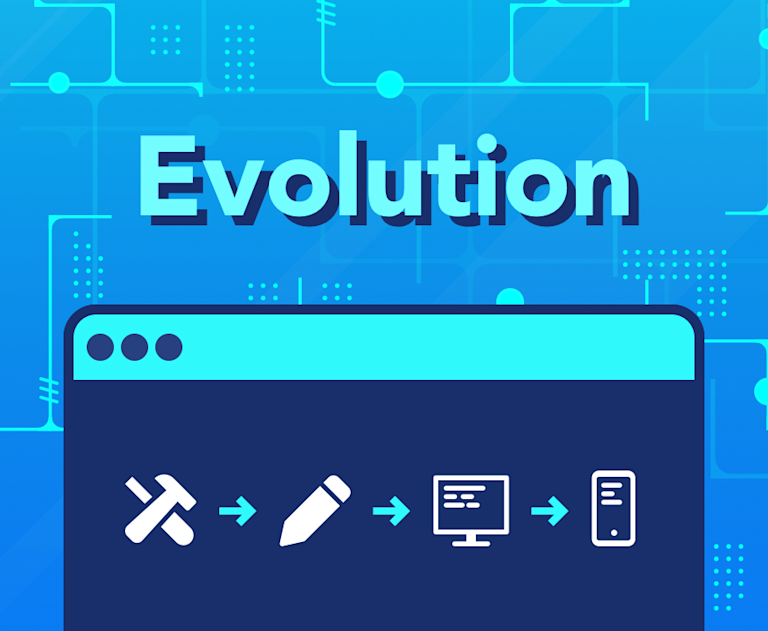Technology is ever-evolving and ever-changing — and writing, when you think about it, is a form of technology.
In fact, one might say that writing is one of the most significant technologies in the history of our civilization, and has helped grow our society into what it is today. To paraphrase Stephen King, writing is a uniquely portable magic.
Writing solves one of the greatest challenges of all time — how we communicate with each other; and this technology is always changing, along with the tools we use to do it.
We’ve gone from clay tablets to the ballpoint pen, to the word processor, all the way to today, where writing is more than words on a page; we are thinking more and more about how we can enrich it through imagery and other visual elements, and create beautiful content that connects us with our friends, colleagues, and customers.
The written word
But with the rise of social media and these new ways of communicating, does this mean the written word is now dead?
No. As content continues to evolve, including richer and more interactive elements, text remains a crucial part of that experience. If you want to disseminate information to a lot of people, text is the most effective way to communicate. For businesses, particularly, written text is still where it's at. Jeff Bezos is famous for having outlawed PowerPoint presentations and insisted on narrative memos at Amazon.
Text offers users a way to explain themselves with a clarity that you can’t get with other forms of media in a vacuum — especially if that rich content is more complex.
Instead of the standard text we are all used to reading, we continue to move to an even richer content experience, combining the written word with the visual. These communication forms will continue to meld together to create a more enriching experience, bringing the end users into your world, helping you to portray your thoughts and ideas.
The rich text editor
As each application on the internet becomes a complex web of different tools called from other applications, each core piece is more and more critical to success. For us, at Tiny, this core component is a rich text editor, which millions of developers depend on every day.
Rich text editors are harder to make than most people think. This is especially the case when you are developing a WYSIWYG editor that is highly configurable and flexible, that can be used in a wide variety of use cases spanning multiple industries, and that can keep up with the ever-changing styles of communication.
Think about it — when you open up a Word document, you have a wide variety of commands that, on face value, are quite simple. We’ve been using and refining word processors for decades now, and they’re expected to work without any errors. But, looking under the hood, they’re a perfect breeding ground for bugs, glitches, and edge cases that can interrupt user flow and cause much frustration.
At Tiny, we feel fortunate to have made a small contribution to the evolution of content with our rich text editors. We have been able to support millions of people as they craft their content, and share their voice using the latest technologies.
But we’re never done.
Writing continues to change, with communication styles and the tools we use to do it; and we not only need to embrace the change — we need to be ready for it and, at times, be the change.
This is something that a rich text editor of old has problems coping with, but a modern breed of rich text editor is built to excel at; and we, at Tiny, are humbled to be part of the journey and excited by what is to come.
